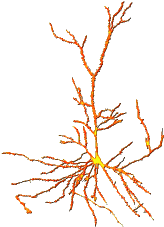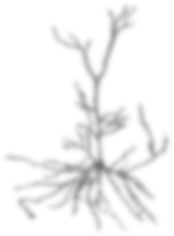Image of the Day
The images that appear in the "Image of the Day" are selected for the freshness of their views on Brain Mapping, their esthetic appeal, their quirkiness, or someimes just to prod you into thinking about the field and its context. Their appearance here is not an endorsement of their subject matter.
 |
Positioning of EEG electrodes on the cerebral cortex
An EEG is a record of brain activity that is measured using an electroencephalograph and a series of electrodes. In order to perform consistent testing of electrical brain activity, the ‘International Electrode Placement System’ or ‘10–20 system’ was developed in 1947. The system is based on the relationship of the location of the electrode and the underlying area of cerebral cortex. It takes into account varying head sizes by measuring the lateral distance between the ears and the longitudinal distance from the bridge of the nose to the back of the head, with electrodes being placed at 10 and 20 per cent values of a measured distance. Each site on the scalp has a letter (to identify the lobe) and a number or another letter to identify the hemisphere location. Electrodes positioned over the frontal (F), temporal (T), parietal (P) and occipital (O) lobes are represented by the corresponding letter. Odd (1, 3, 5, 7) and even (2, 4, 6, 8) numbers refer to the left and right hemispheres, respectively. The closer the position is to the midline, the smaller the number. A 'z' refers to an electrode placed on the midline.High resolution version |
For more information on this image, visit:
[ This Link ]
Submitted by:
Mark Cohen
|



